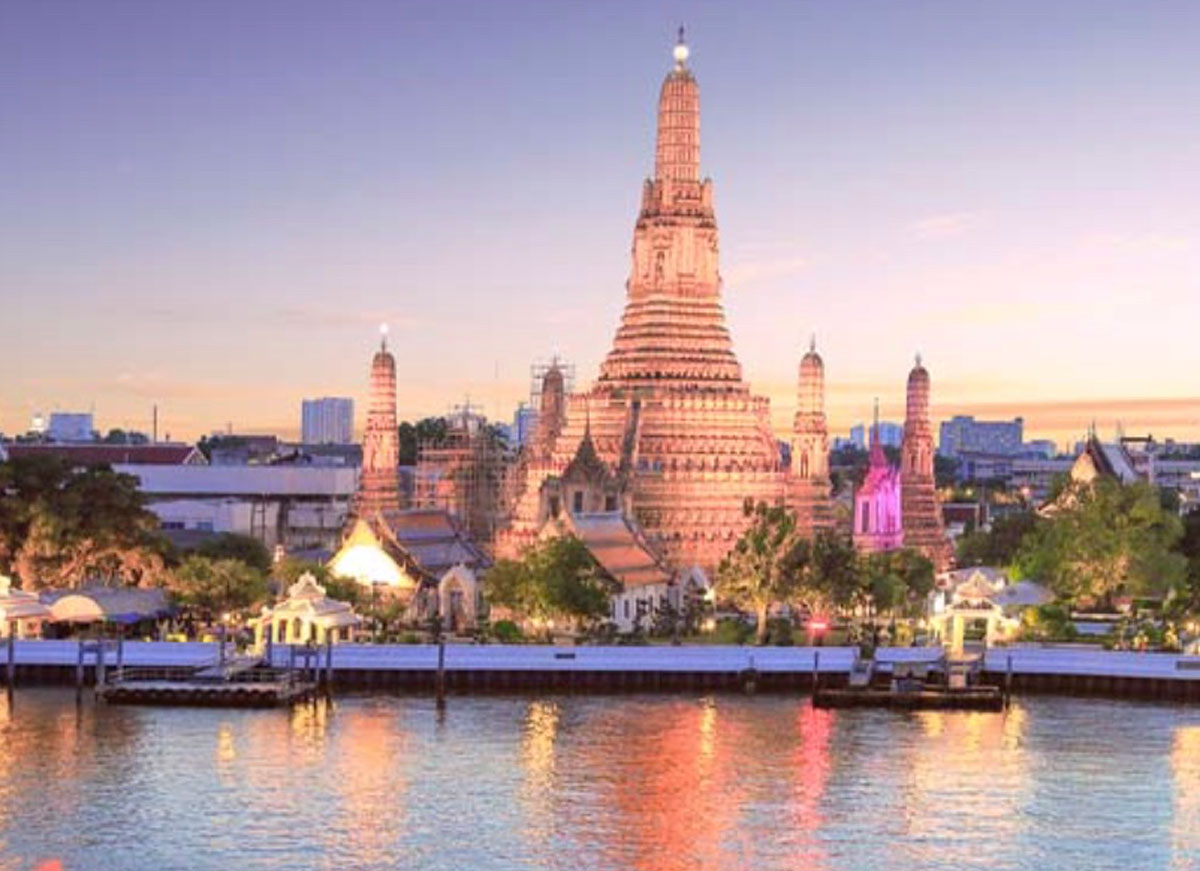'Life Of Pi' Offers A Spiritual Lifeboat

4.5/5
Turning Yann Martel’s 2001 global bestseller Life of Pi into big-screen success is no small feat and director Ang Lee delivers a spellbinding fable-like tale interwoven in visual splendor and a magnificent use of 3D. Through bold direction and ambitious scope, Life of Pi transcends big Hollywood clichés by relying on its narrative as much as its expertly crafted digital grandeur.
From the florid opening credits, we get a clear taste of what clever presentation is to come and the entire sequence which shows a young Pi growing up could have easily made for a film all in itself. Lee shows us an India lush with colors and mystery, Pi’s father runs a zoo and we get a brief introduction of the “Richard Parker,” the dangerous and charismatic Bengal tiger that our hero will have to contend with later on. Young Pi’s inquisitive nature thrusts him forth into various different belief systems. He spends most of his time trying to overcome bullying which arose from the misfortune of how he came to get his name out of a French swimming pool. Told in a flashback perspective by the adult Pi, played by the wonderful growingly recognizable Bollywood star Irrfan Khan, Pi’s story immediately raises spiritual questions about the existence of God and our purpose in life.
The real quest begins once Pi develops into a healthy teenager, played marvelously by newcomer Suraj Sharma, as his family has to move to Canada and take all their animals with them. After a tempestuous storm that Pi barely survives, we are ultimately left with our two protagonists facing off against each other while Mother Nature deals them toiling blows throughout their 227-day long journey. It is amidst the absurdity of being stranded in a lifeboat with a starving tiger that we get to see the artistry of Lee really pan out. From moments of frantic chaos where Richard Parker and Pi square off over the largest of flying fish, to the mental consolidation Pi must endure by writing journal entries in a survival handbook all while creating a makeshift raft to keep safe from Richard, or his pleas toward the infinite sky, the narrative is strong and the characters grow to accept their fates, whatever they may be.
Just like Scorsese’s Hugo, 3D is used masterfully with subtle touches and vast vibrant hues that bring the audience closer to the experience. Along with the dazzling cinematography from Claudio Miranda, the sequences with translucent whales, luminous auroras and the mirror-like transformations between the calm sea and the sky and an absolutely magical sequence involving a floating island filled with meerkats Lee embellishes a visual panache onscreen that is reminiscent of a chromatic storybook or watercolor painting.
Nevertheless, this is fundamentally a tale of survival, and there’s always danger close by, not only from Richard Parker, but also from lurking sharks, rogue waves and starvation. Through shared struggles and moments where each one of them can rid themselves of the other, to the ultimate realization that it is as much because of one another that they survive, Pi’s perilous journey is long and trying, yet it forces the audience to question what they would do in such a position. Concepts of loss and mortality, solitude and camaraderie are all in place among the visual splendor and graceful direction that should make Life of Pi a solid contender for film of the year in many critics' and fans' lists alike.
RELATED ARTICLES
Get the most-revealing celebrity conversations with the uInterview podcast!





Leave a comment